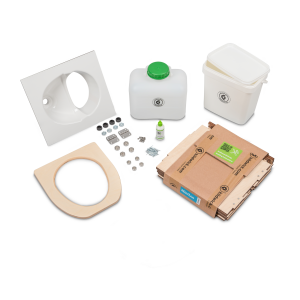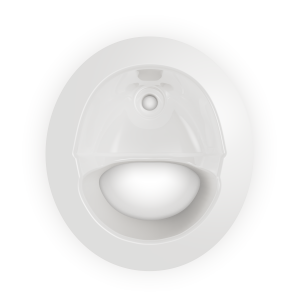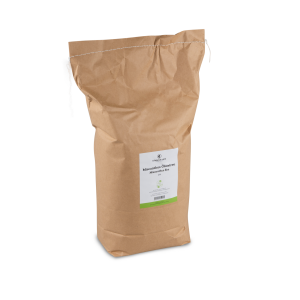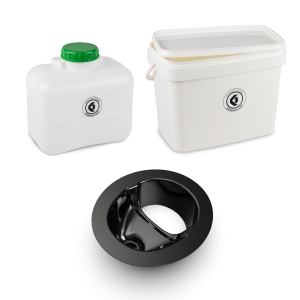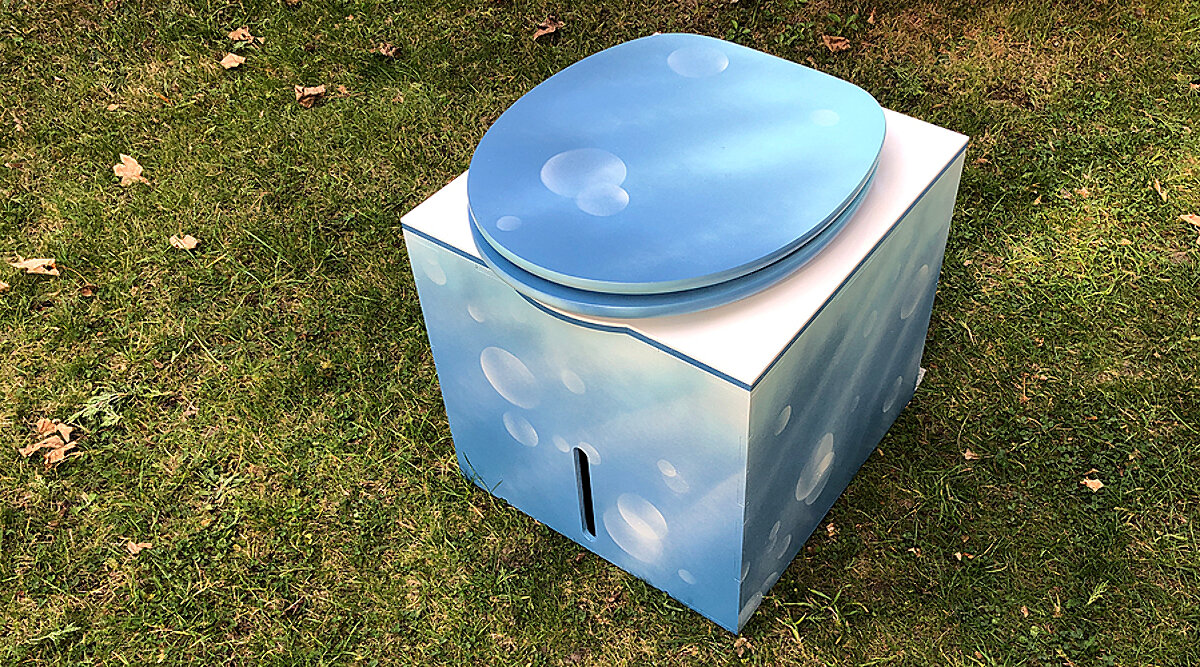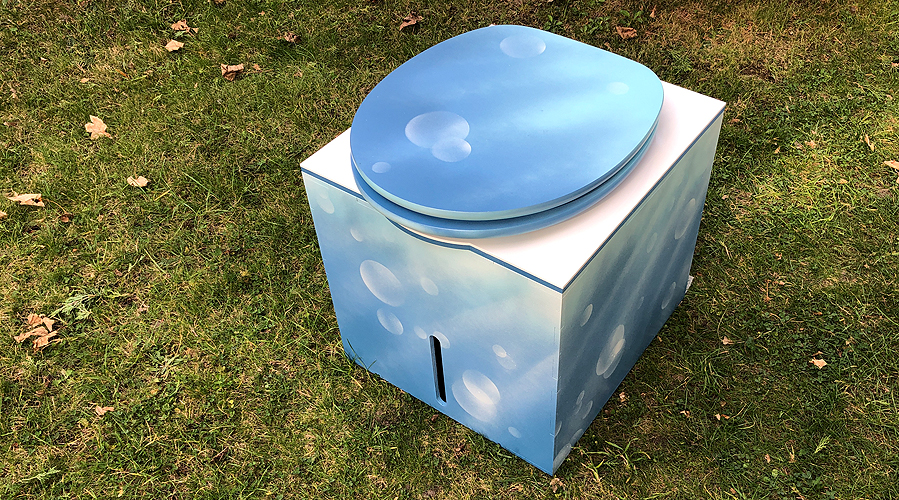
A pioneer of the dry toilet
Friedensreich Hundertwasser
Many of us mainly know Friedensreich Hundertwasser in connection with his extravagant, colourful pictures and exceptionally designed buildings. The Austrian-born artist, who brought himself world-wide fame thanks to his genius, was also a passionate environmentalist. He was involved with self-proclaimed manifestos, lectures and posters for the conservation of the rainforest and the seas. He was also a strict opponent of nuclear energy. Hundertwasser's philosophy of life? Against straight lines - and living a life in harmony with nature and its laws. Less well-known, however, is that he played an important role in the movement against conventional toilets and their waste of water in the mid-1970s. In a letter he even wrote once that he would not work with people who had the traditional "flush mentality".
To banish the flush toilet from his life, he read everything that he could get on the topic of dry toilets. In order to get to know the principle in practice, he bought a model in Sweden where he discovered some disadvantages. And so Hundertwasser started to develop his own humus toilet. He used this toilet both in the garden and in his apartments or houses. For the systems he developed he provided building instructions to all interested people. He even went so far as to build his systems without fans, as he found it nonsensical to use electricity for this. Nevertheless, he didn’t have to fight with unpleasant odours or with annoying flies. By the way, when covering the leftovers on his compost toilet, Hundertwasser used humus soil from the forests.
The creative environmental activist came up with an even smarter idea - Hundertwasser developed his own biological water treatment plant for his humus toilet. Various aquatic plants and terrace systems ensured that urine and household wastewater were treated naturally. The plants are used both for indoor and outdoor use with specific plants in each case. The principle is as simple as it is ingenious, because the dirty water is filtered through the roots and the degrading bacteria. By the way, you can have a closer look at the indoor version of this filter system at KUNST HAUS WIEN.
Incidentally, the most photographed toilet in New Zealand is located on the North Island in Kawakawa, where Hundertwasser lived from 1973 until his death in 2000. This toilet, of course a dry composting toilet system without water consumption, was (not difficult to guess) personally designed by the artist himself. It went into operation in 1999 and is geared to the needs of both men and women. In fact, this "quiet" place is photographed more than business is carried out in it.
We are big fans of Hundertwasser and strongly identify with his visions, his dedication and his ingenuity. Oh how we would have loved to have had technical discussions with him...
